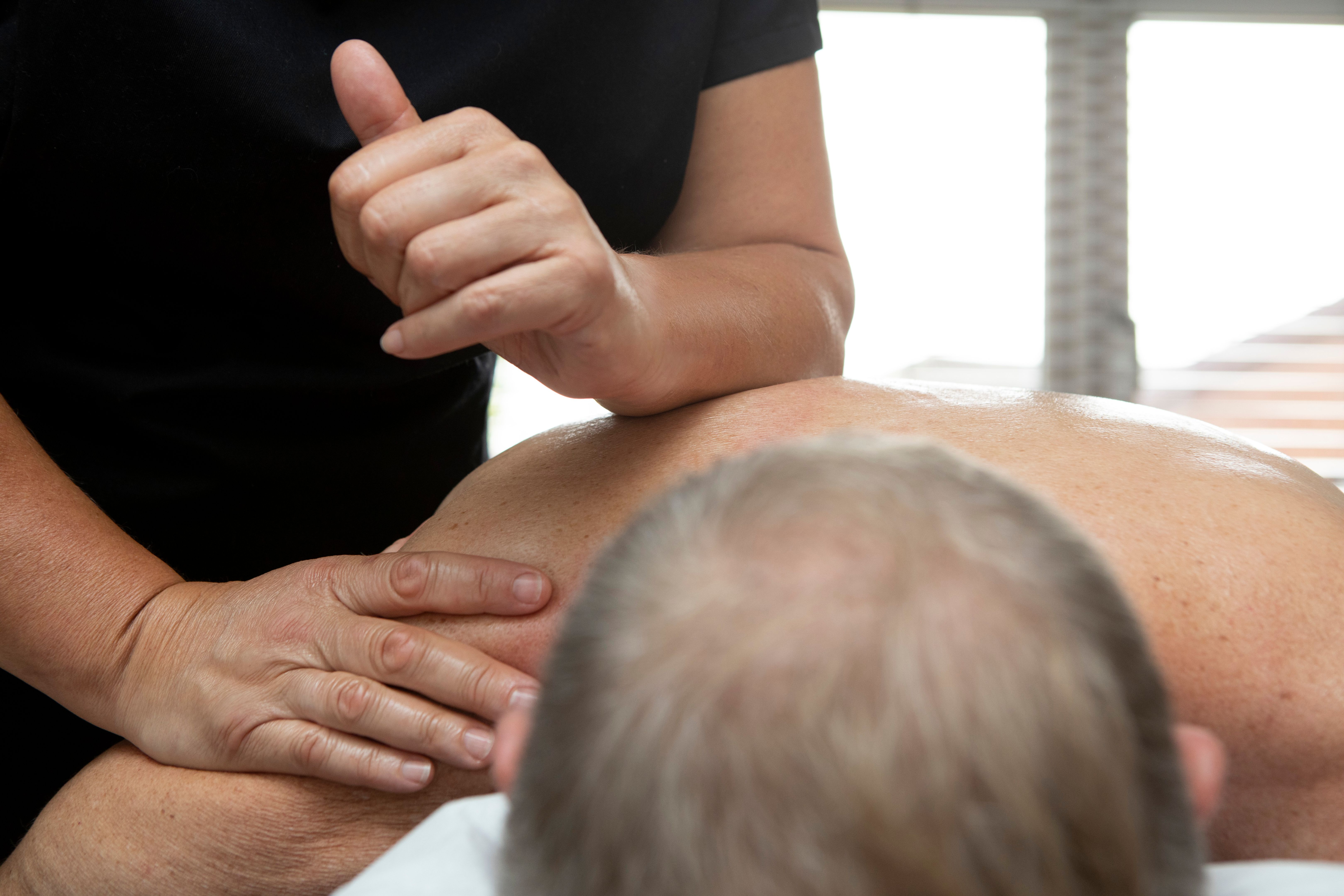The Key Elements of a Deep Tissue Massage
Understanding Deep Tissue Massage
Deep tissue massage is a popular therapeutic technique designed to alleviate tension in the deeper layers of muscles and connective tissues. Unlike other massage styles that focus on relaxation, deep tissue massage targets specific problem areas to improve flexibility and reduce chronic pain. This massage style is particularly beneficial for athletes, individuals with chronic muscle pain, and those recovering from injuries.
During a deep tissue massage, therapists apply firm pressure using their fingers, thumbs, fists, and elbows to reach deeper layers of muscle. This process helps break down adhesions—bands of painful, rigid tissue formed after injury or inflammation—thus enhancing blood circulation and promoting muscle recovery.

Benefits of Deep Tissue Massage
Deep tissue massage offers numerous benefits beyond simple relaxation. Some of the key advantages include:
- Pain Relief: This massage type is highly effective in relieving chronic pain, especially in the neck, shoulders, and lower back.
- Improved Mobility: By breaking down adhesions and increasing flexibility, deep tissue massage can significantly improve range of motion.
- Stress Reduction: While deep tissue massage is more intense than other styles, it can still foster a sense of relaxation and reduced stress levels.
Techniques Used in Deep Tissue Massage
Deep tissue massage involves a variety of techniques to effectively target and treat problem areas. These techniques include:
- Stripping: This involves applying deep pressure along the length of the muscle fibers, often using thumbs or elbows.
- Friction: This technique uses circular movements over muscle knots to break down adhesions and improve circulation.

What to Expect During a Session
A typical deep tissue massage session may last from 60 to 90 minutes. Before starting, we will discuss any areas of concern and assess your needs. Or I can be guided by my intuition and in how I'm feeling your body. It's important to communicate openly about your comfort level and any specific issues you want to address.
During the massage, you might experience some discomfort, especially if there are significant knots or tension. However, this should not be painful. Always inform me please if the pressure is too intense or uncomfortable. After the session, you may feel some soreness, but this typically subsides within a day or two.

Preparing for Your Deep Tissue Massage
To get the most out of your deep tissue massage, consider these preparation tips:
- Hydrate: Drink plenty of water before and after your session to help flush out toxins released during the massage. 🥺 Please!
- Avoid Heavy Meals: Eat light before your appointment to avoid discomfort during the session.
- Communicate: Share any health concerns to ensure a safe and effective treatment.
Whether you're seeking relief from chronic pain or simply looking to enhance your physical well-being, deep tissue massage offers a wealth of benefits. With proper communication and preparation, you can experience significant improvements in muscle health and overall relaxation.
Thank you for reading, if you have any questions please text me. Let's book your session?